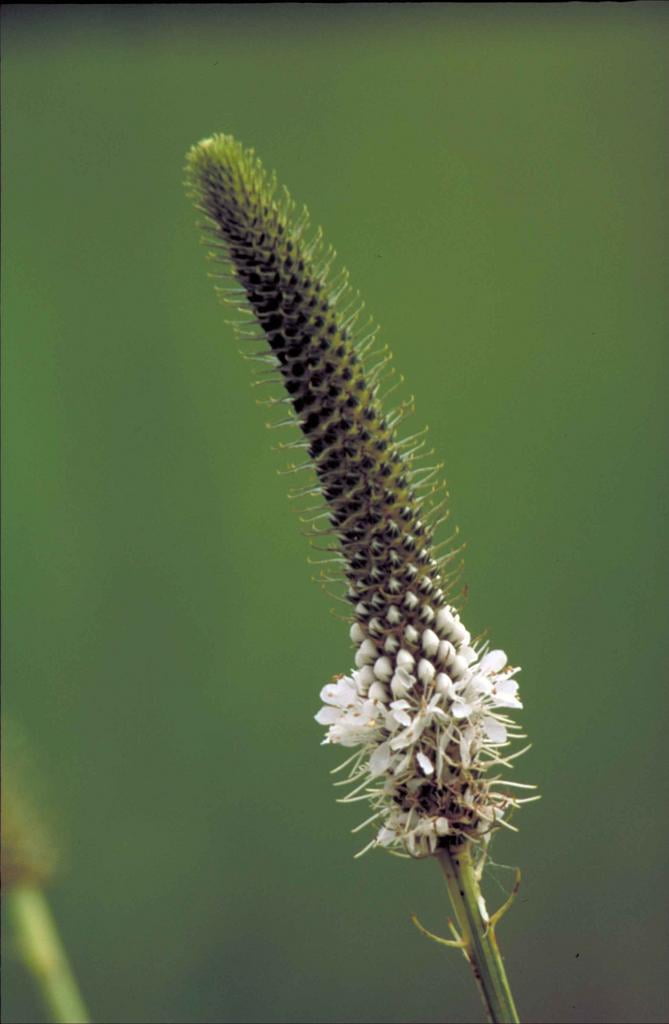Dalea candida
White prairie clover Description:
Dalea candida is a species of flowering plant in the legume family, Fabaceae, native to the southwestern United States and northern Mexico. It is commonly known as white prairie clover. The plant typically grows to a height of about 1-3 feet and has a bushy growth habit.
The leaves are compound, with three small leaflets, and are arranged alternately on the stem. The flowers are produced in dense clusters at the ends of the stems, and each flower has five small petals. The fruit is a small pod that contains one or two seeds.
Dalea candida is a hardy plant that is well adapted to a range of growing conditions, from dry, sandy soils to moist, well-drained soils. It is an important forage plant for grazing animals, and is also used in landscaping and as a source of nectar for pollinators.
Native Range:
White prairie clover is found natively growing in Midwestern states, South to Texas. Its range from West to East is from Montana to Georgia.
Standard Plant Information:
Plant Height: 1' - 3'
Bloom Time: June - July
Preferred Habitat: Does well in full sun and dry to moderately dry prairies with rocky or sandy soil.
Sowing:
For most homeowners, the best option is to scatter seed on the ground by hand broadcasting at a minimum of 16-64 pls ounces per acre. For even coverage, we recommend that you broadcast seed in perpendicular rows across the site to ensure even coverage.
You’ll want to broadcast any grass seed first, which will get raked into the soil lightly. Next, it is ideal to mulch the area lightly with either a clean (no seed) straw or preferably with our native Little Bluestem straw, sold at our retail garden centers. After a light mulching is complete, now it’s time to broadcast your native wildflower seeds, which should not be raked into the soil. A good rain or watering is sufficient to cover the seed.
Planting:
Simply dig a hole in the soil slightly larger than the plant’s roots. Ensure that the soil line of the plant is maintained during the transfer (i.e. the plant should be at the same level with the ground as it was in the pot). Pack any loose dirt back around the plant and make sure you water it well the same day to ensure it has the best chance of survival.









